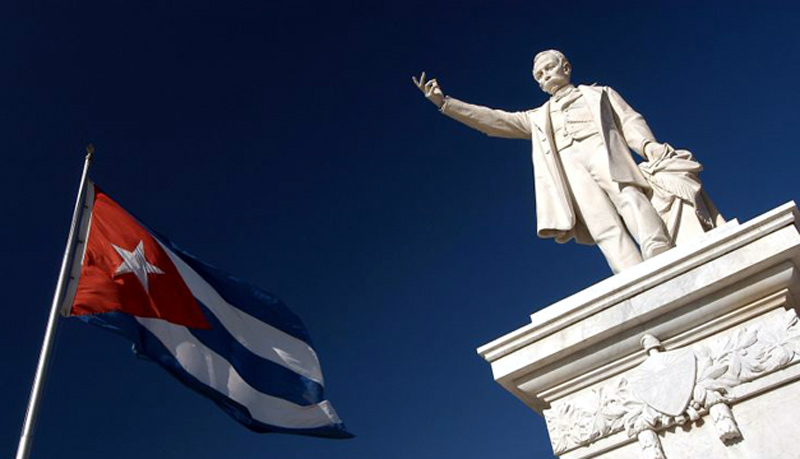To Extol the Nation and the Motherland: Historical Continuity
- Written by Ms.C. Paul Sarmiento Blanco
- Published in Holguin
- Hits: 1467

February 24 is a memorable date in the history of the Cuban nation. That day of 1895 the Cubans restarted the struggle for independence against Spanish colonialism. In that context, the generations of Cubans who opted for the armed route to untie the colonial knot revealed the ideal of continuity that Carlos Manuel de Céspedes had initiated in La Demajagua in 1868.
Actually, for its time, several social sectors of Cubans - who were not minority - felt the need to conceive the 24, as a restart of a feat that was already known as Revolution.
This concept was already based on the ideal of men who, from Baire, Bayate, La Lombriz, Loma del Gato, Mala Noche, Guantanamo and other regions of the country, went to the call of José Martí to continue shaping the future of our nation. Men like Pedro "Periquito" Pérez, Guillermo Moncada, Josè Miró Argenter, Bartolomé Maso, Julio Sanguily, Martin Marrero, Pedro Betancourt and Juan Gualberto Gómez decided to appeal to the nationalist patriotism of the most pure and noble of the Cubans at that time.
For Marti it was essential to pull out from the Metropolis the freedom of Cuba, in a scenario where a tradition of struggle had already been forged.
February 24, 1895 was the date indicated for those inside Cuba and abroad who were preparing for the Revolution, which, according to Martí, was conceived as a generous and brief war, an essential moment in the construction of our Homeland.
It is essential to mention that many politicians, journalists and historians in that context coined the seal of the day as Grito de Baire, because it was in this small town, belonging at that time to the municipality of Jiguaní, where several patriots rose.
That name of Grito de Baire was even to give it a sense of autonomy and not independence, because even in 1896, a Spanish journalist, Manuel Aznar, clarified that the main leading figures never spoke for autonomy.
However, it is healthy to clarify that other towns mentioned above also went to the call of the Motherland. Therefore, the greater greatness of the Apostle was his wisdom to smooth over and agglutinate, in spite of the diversity of opinions within the revolutionary field. The uprising of February 24 was therefore a commitment to unity within the diversity of pro-independence thinking.
That day was conceived, in terms of thinking in the complex controversy between independence and autonomy. The autonomist ideal in Cuba was present in the reformist thinking at the end of the 19th century. It owes its existence to the Ten Years War itself. After a Revolution, things do not stay the same in any context.
In these circumstances, Martí sought the unity of all and showed that unitary spirit in a slow, healthy and radical dialogue with currents of thought contrary to independence. Therefore, after the uprisings of February 24, the radical nature of thought prevailed.
The Revolution of '95, as it was also called by republican historians before 1959, created a republican thought and affixed the constitutional ideals of Cuban contemporaneity.
The February 24 ideal forged a citizen and military conscience. It should not be overlooked in this analysis that during the so-called Neocolonial Republic (1902/1958) many honest politicians, historians, intellectuals, based on historical objectivity -on many occasions- praised the value of the date as a pedestal of revolutionary continuity.
But after the revolutionary triumph of January '59, historians, thinkers and intellectuals committed to the ideal of unity assumed the meaning of this day as a symbol of mobilization towards the future, towards respect for the ideals of constitutionality and respect for the right to continue building the Nation and the Homeland dreamed by the men of '95, a truly independent and sovereign Cuba.
